)
)
)
)
)
)
)
)
)
)
)
)
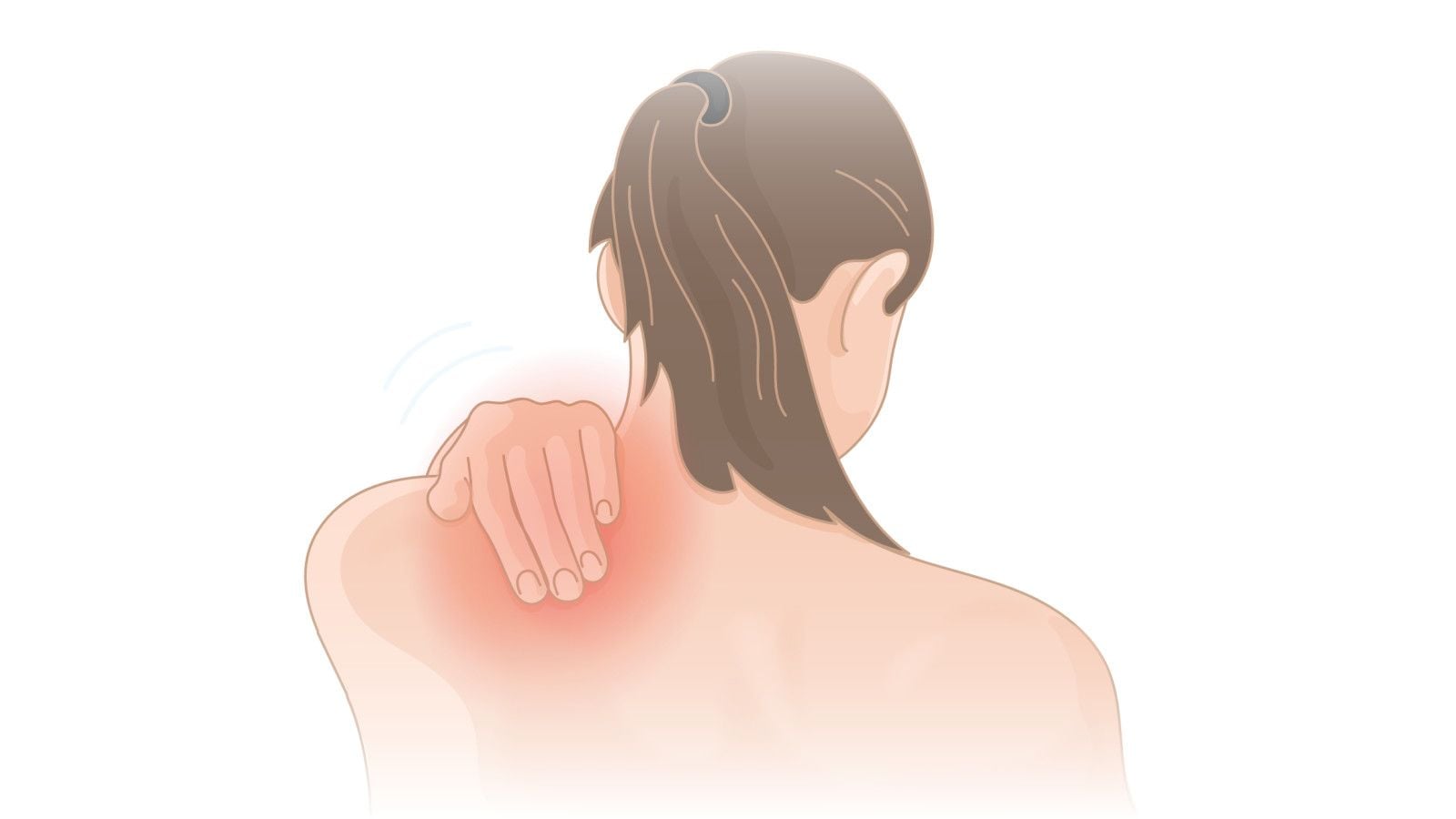)

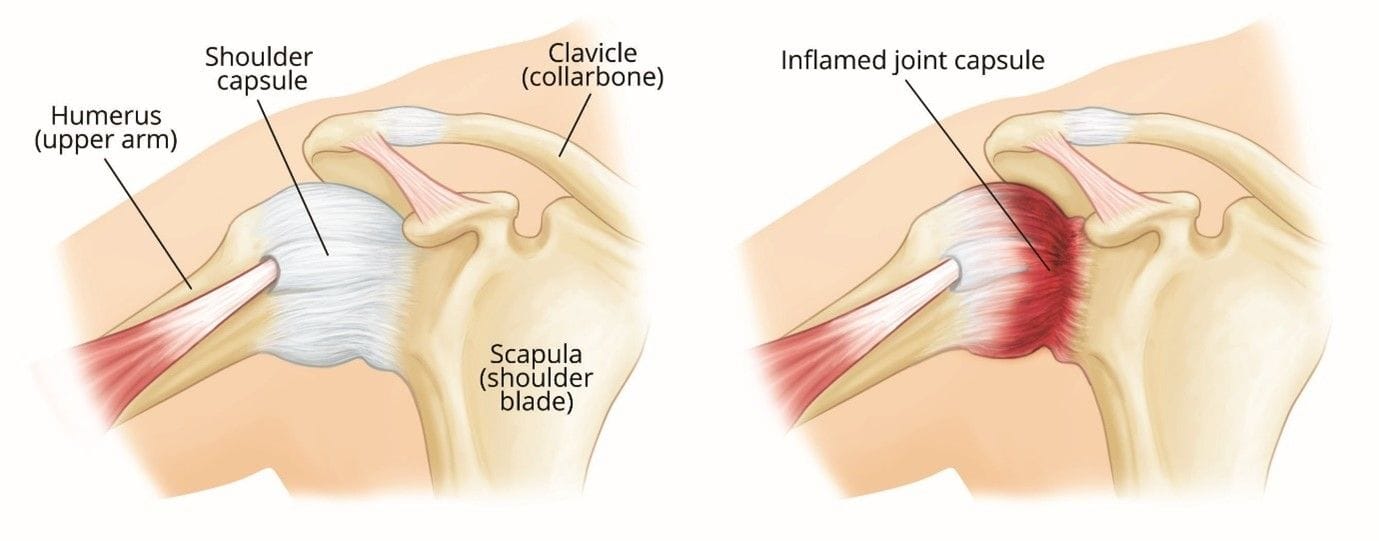
 Age: This condition commonly affects people aged between 40 and 60 years old
Age: This condition commonly affects people aged between 40 and 60 years old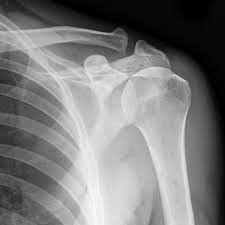
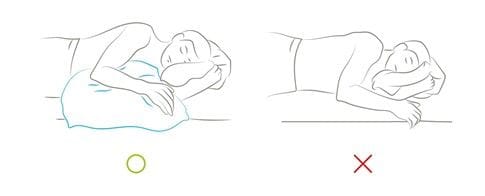

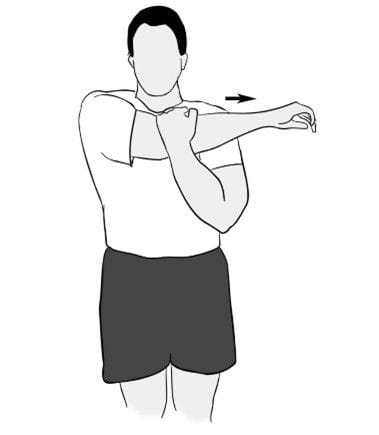

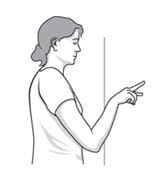
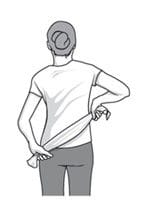


| Tags:Musculoskeletal Conditions |
)
| Posted in:LaserLymphoedemaMassagebreast cancer |
)
| Posted in:VertigoCOVID-19 |
Our physiotherapists are trained to recognise, assess and treat patients that are suffering from vertigo from a vestibular origin such as Benign Paroxysmal Positional Vertigo (BPPV), vestibular neuronitis/labyrinthitis and following acoustic neuroma resection.
read more